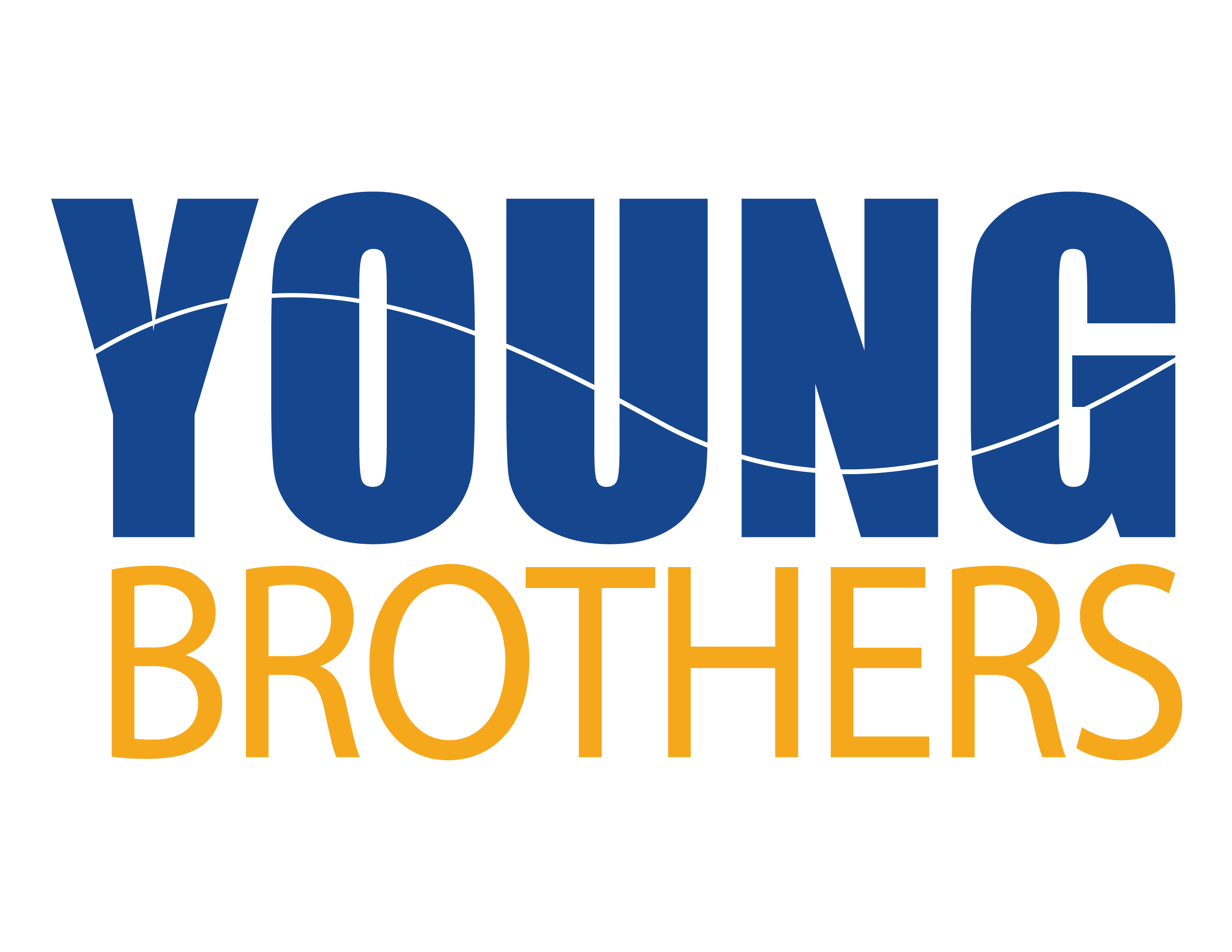The United States Department of Transportation regulates the transportation of hazardous materials under Title 49 of the Code of Federal Regulations, Parts 100 to 185 (49 CFR 100-185). Hazardous materials are such items as explosives, compressed gases, flammable or combustible liquids of all kinds, flammable solids, oxidizers, poisons, radioactive materials, and corrosive materials. These federal regulations hold the shipper (customer) responsible for the correct documentation, packaging, labeling, placarding, and marking of the hazardous cargo. Federal regulations require Young Brothers to screen shipments of hazardous materials for compliance with federal regulations. To find out if a product is regulated as a hazardous material, look at the Safety Data Sheet (SDS) for the product under the section titled “Transportation Information.” (You can get an SDS from the product’s manufacturer, wholesaler, or distributor.) Listed below are specific examples of hazardous material products. While these are the most common hazardous material products, there are still many others not included on this list. Examples of Hazardous Materials (This list is not comprehensive. Please check 49 CFR Table 172.101, Appendix A and Appendix B): To ship a hazardous material with Young Brothers, the customer must fill out a hazardous materials shipping certification (along with the standard Young Brothers Bill of Lading required for non-containerized LCL cargo) and present it when tendering the cargo at the port of origin. For your convenience a Young Brothers Hazardous Materials Shipping Certification form can be found online. Please provide four (4) copies of your hazardous materials shipping certification form when tendering your cargo. Information needed to fill out the Hazardous Materials Shipping Certification can be found in the SDS section titled “Transportation Information.” Please make sure you and your agents are properly trained in accordance with 49 CFR 172.700 and can perform functions as described in 49 CFR Parts 172 for Shipping Papers, Marking, Labeling, and Placarding, and 49 CFR Part 173 for Packaging of hazmat cargo. Young Brothers is required to reject any incorrect or incomplete shipping paper and accompanying cargo. We provide basic instructions on how to complete the Hazardous Materials Shipping Certification, but it is the shipper’s responsibility alone to make sure that the form and hazardous materials cargo tendered to Young Brothers is in compliance with 49 CFR 100-185. Hazardous Waste is a specific type of hazardous material. When shipping hazardous waste, a customer must furnish a completed “Uniform Hazardous Waste Manifest” along with the Young Brothers Hazardous Materials Shipping Certification, and Bill of Lading. Please obtain the Uniform Hazardous Waste Manifest from your hazardous waste generator or contractor. Please include Young Brothers’ EPA identification number (see below table), along with the customer’s own EPA identification number, on the Uniform Hazardous Waste Manifest. Used oil is not considered a “hazardous material,” but its transportation is regulated by the State of Hawaii, Department of Health. Therefore, all used oil shipments must be accompanied by a “Non-Hazardous Waste Manifest”, along with a Young Brothers Bill of Lading. Please obtain the Non-Hazardous Waste Manifest from your waste generator or contractor. Customers must include the following information on both the Non-Hazardous Waste Manifest, as well as on the Bill of Lading: If you need further assistance, please call your local Young Brothers office.
Hazardous Waste
Non-Hazardous Waste
Port of Origin
EPA ID Number
Used Oil Permit Number
Honolulu
HIR 000 060 046
UO-004-22
Hilo
HIT 000 144 337
UO-003-22
Kahului
HIT 000 144 311
UO-005-22
Kaunakakai
HIT 000 144 352
UO-007-22
Kaumalapau
HIT 000 144 360
UO-006-22
Nawiliwili
HIT 000 144 345
UO-009-22
Kawaihae
HIT 000 144 329
UO-008-22
For further information
Site Map | Privacy | Terms Of Use | Sailing Schedules | Careers | Contact Us
©2026 Young Brothers LLC. All rights reserved.
